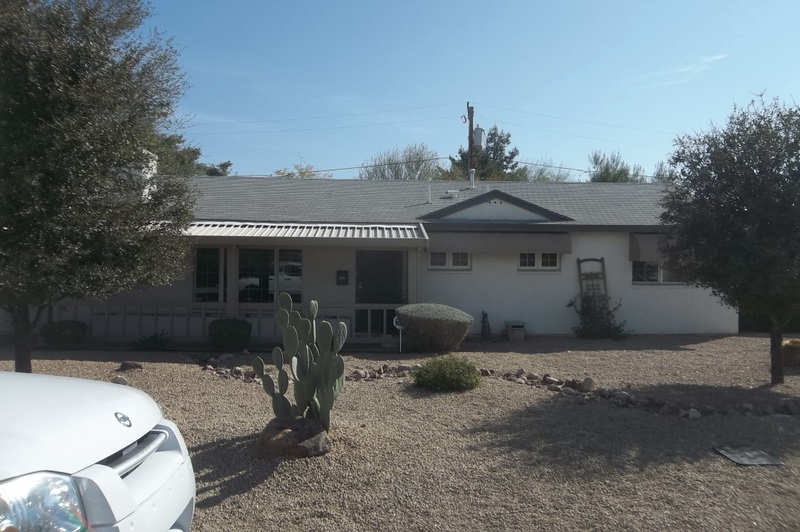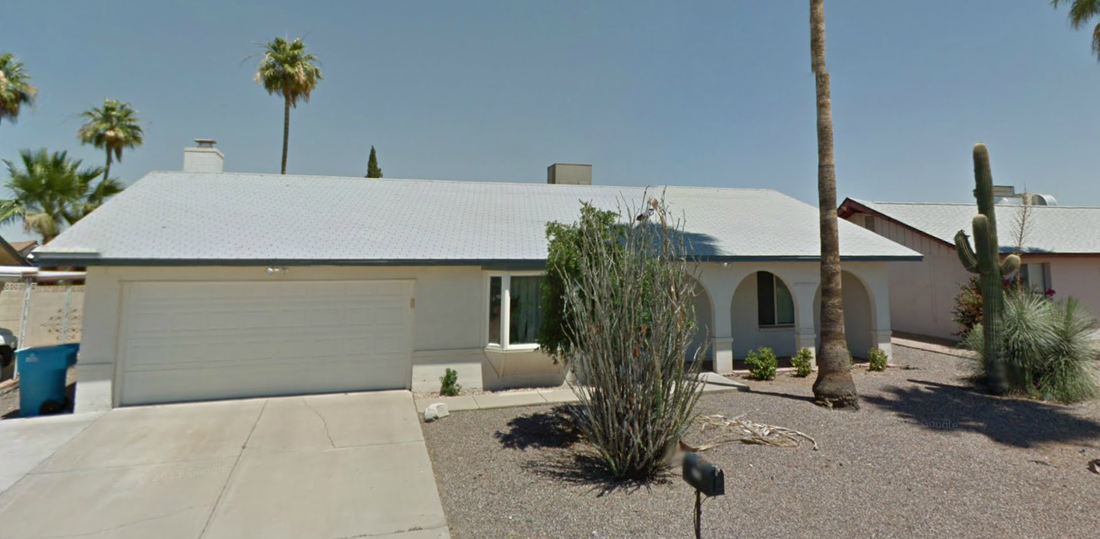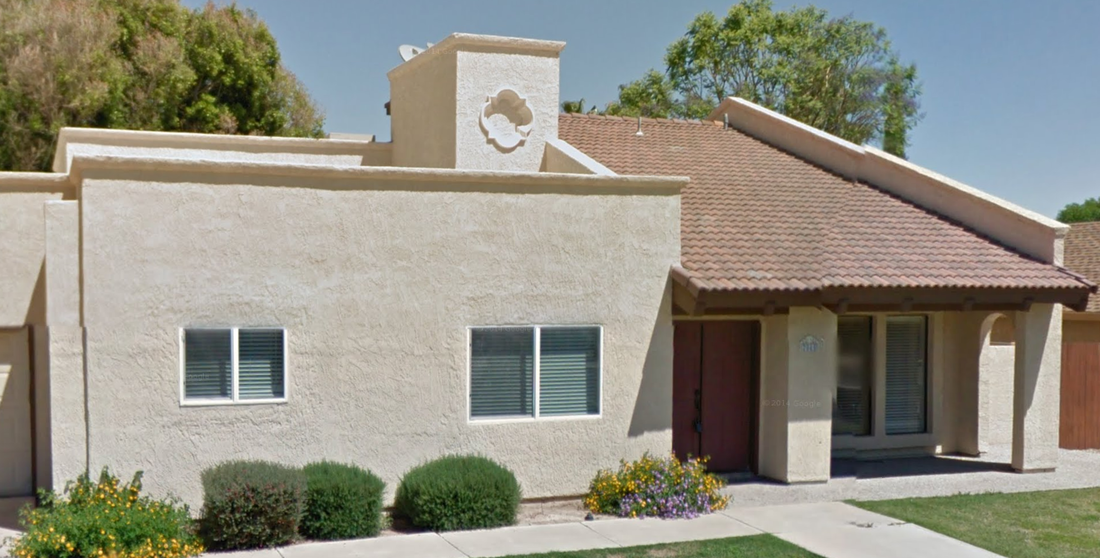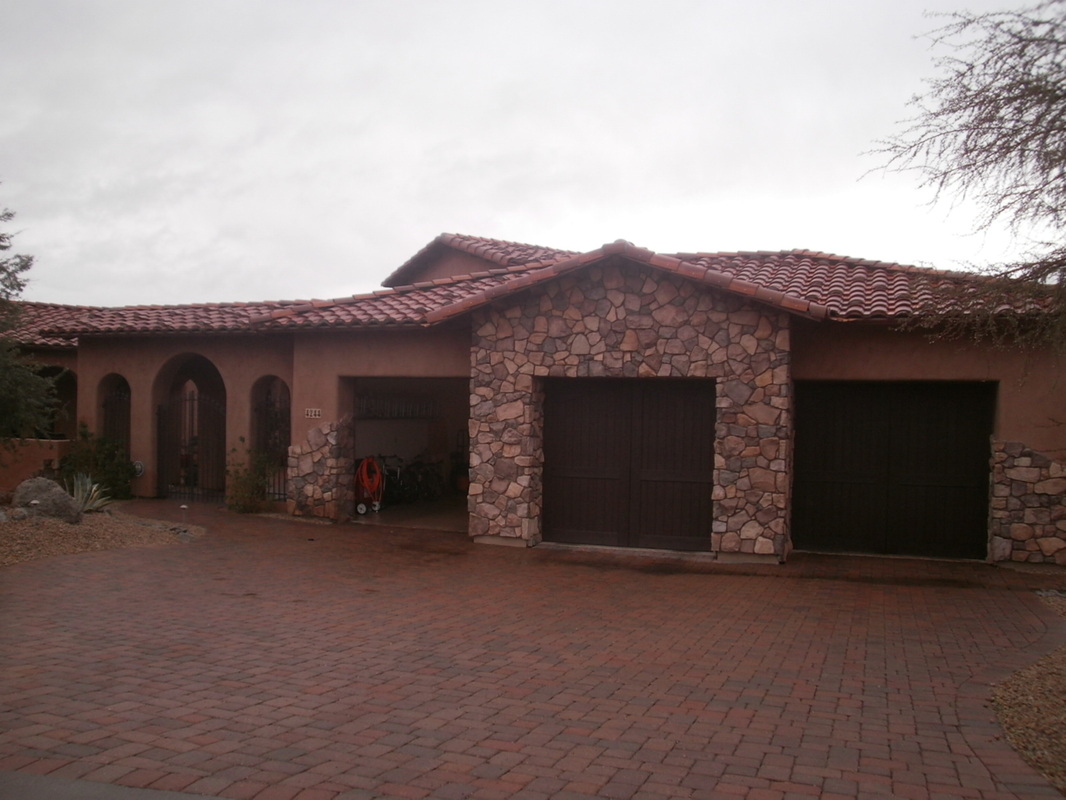|
Many homeowners have been turning to APS and SRP home energy audits as an alternative to calling their local Air Conditioning Company to diagnose issues such as hot uncomfortable rooms and high energy bills. As part of the APS and SRP energy audit program, 10 CFL light bulbs are given along with low flow aerators to start saving energy immediately.
When CFL bulbs first came out there was some scare about absorbing the metal in our skin and the difference between the mercury vaporizing and aerosolizing. I bet you remember the warnings to never use a vacuum cleaner, broom or pour mercury down the drain. This is because the mercury will aerosolize in a vacuum cleaner, similar to small water droplets in the air from a hot shower, and become smaller droplets with a much bigger radius of influence than if just left as is. If you never use a vacuum cleaner the risk of the metal aerosolizing is zero. Mercury vaporizing is another way for it to get in the air and potentially cause much more harm. This risk is negated however, because the vaporization point of mercury only occurs at 674 degrees Fahrenheit! Since it never gets that hot (even in July in Phoenix, AZ), you don’t have to worry about mercury vaporizing and inhaling the metal. The main risk of mercury absorption is when a CFL bulb is first dropped and the metal potentially splashes up and hits us. Here are the EPA’s cleanup instructions in case you do have a mercury spill. 1. Use rubber, nitrile or latex gloves 2. Pick up broken glass with a paper towel and place both items in a labeled zip lock bag 3. Locate visible mercury beads. Use a squeegee or cardboard to gather mercury beads. Use slow sweeping motions to keep mercury from becoming uncontrollable. Take a flashlight, hold it at a low angle close to the floor in a darkened room and look for additional glistening beads of mercury that may be sticking to the surface or in small cracked areas of the surface. Note: Mercury can move surprising distances on hard-flat surfaces, so be sure to inspect the entire room when "searching." 4. Use the eyedropper to collect or draw up the mercury beads. Slowly and carefully squeeze mercury onto a damp paper towel. Place the paper towel in a zip lock bag and secure. Make sure to label the bag as directed by your local health or fire department. 5. After you remove larger beads, put shaving cream on top of small paint brush and gently "dot" the affected area to pick up smaller hard-to-see beads. Alternatively, use duct tape to collect smaller hard-to-see beads. Place the paint brush or duct tape in a zip lock bag and secure. Make sure to label the bag as directed by your local health or fire department. 6. Place all mercury beads and objects into the trash bag. Secure trash bag and label it as directed by your local health or fire department. 7. Contact your local health department, municipal waste authority or your local fire department for proper disposal in accordance with local, state and federal laws. 8. Remember to keep the area well ventilated to the outside (i.e., windows open and fans in exterior windows running) for at least 24 hours after your successful cleanup. Continue to keep pets and children out of cleanup area. If sickness occurs, seek medical attention immediately. Reference: http://www.epa.gov/mercury/spills/
0 Comments
This past Fourth of July my family made a stop at the Hoover Dam on route to Las Vegas. The Hoover Dam is an engineering marvel on a massive scale. For more than 70 years the damn has stood with almost no structural and decorative changes taken place. You can still see the surveying notes along the tunnel walls and the original tiling is a work of art. I felt like a lot more care and craftsmanship went into building the damn and all structures before the days of commodity construction. Take old sheet metal ductwork for example, only a tin knocker had the knowledge and skill to install a home’s duct system. These days flex duct is used and can be installed by almost anyone, which has lead to excessive conditioned air wasted to the outside and huge inefficiencies. How long have these careless installations been doing on? One indicator is that it is not hard to find an HVAC contractor who has been “doing this for 20 years” and has never sealed a duct system. I’m not saying we need to go back to the days of painfully slow production and growth, but perhaps a little more common sense and a sense of pride in ones work will go a long way and have positive impacts for generations to come.
|
Sign Up For Your Home Energy AuditFIND YOUR HOME TYPERanch HomesSingle Story, Spec HomesTwo Story, Spec HomesTri-Level HomesPre-1990 Custom HomePost-1990 Custom HomeDon't See Your Home? Find Your City Below!Archives
April 2024
Copyright Notice©2009 – 2023
All Rights Reserved |















